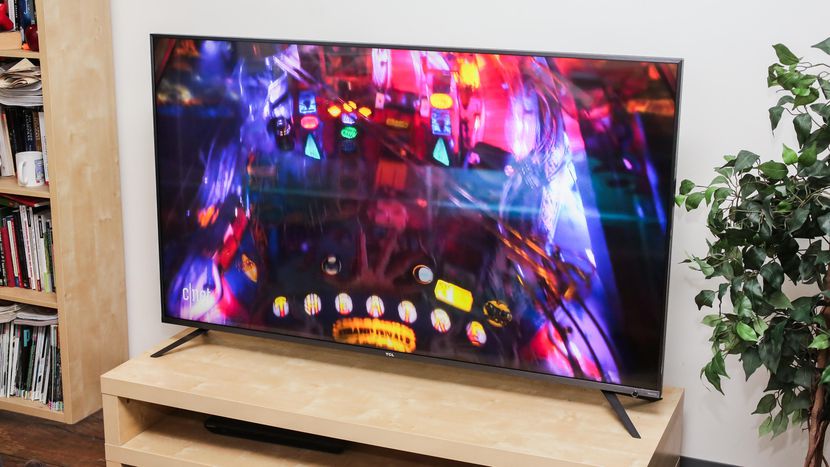“To buy a 60Hz TV or 120Hz?” “To upgrade my 60Hz TV to a 120Hz refresh rate model?” “60Hz or 120Hz: what difference does it make?” …and so many other questions. We, however, will answer these questions and help ensure you make the best decision when buying your next smart TV. But before that, let’s talk about refresh rates and its importance on a Smart TV — for newbies and novices sake.
What is Refresh rate?
While everything seems to be running smoothly without hiccups when you’re watching your favorite show on your TV, there are actually some processes going on backdoor that makes this possible. Normally, what you watch as videos on your TV is, in reality, a series of images that changes fast (read: super fast) enough to give off the impression of a video stream/motion. Refresh rate, however, refers to the number of times (in a second) that a television screen redraws or refreshes itself to make these changes happen. Measured in Hertz (Hz) and named after the physicist Heinrich Hertz, refresh rate also refers to the number of frames displayed on a television in a second. For clarity purposes, when a TV is marketed with a 60Hz refresh rate displays 60 images in every second while a 120Hz TV displays 120 images. That said, what effect do these refresh rates figures have on image quality? Does a higher refresh translate into better colour or picture quality?
60Hz vs 120Hz refresh rate: which is best?
On paper, 120Hz display means that content will be displayed at double rates when compared to 60Hz. Also, it depicts that fewer images on the screen per second. This is why many erroneously believe that TVs with 120Hz refresh rates are always better than their 60Hz counterparts.
As evidenced by RTINGS, a TV with 120Hz refresh rate doesn’t necessarily produce less motion blur than 60Hz TVs. This is because irrespective of the refresh rates, they have identical response rates and produce similar image quality. However, in a fast-paced movie or sport scene, a 120Hz TV will look better than that with a 60Hz refresh rates.
What about 90Hz
90Hz refresh rate is more common with newer Smartphones such as the OnePlus 7T. 90Hz shows 90 frames per second. Most smartphones today are equipped with 60Hz screens, irrespective of the price. Premium mobile devices such as Apple’s iPad Pro has screen refresh rate of 120Hz also known as Pro Motion technology.
Should you upgrade your 60Hz TV to a 120Hz model?
No, you shouldn’t. Depending on the the type of content(s) you play or intend to play on the TV, a 60Hz TV is just as good as a 120Hz monitor. However, if your game a lot on your TV or you spend a good number of hours watching fast-paced movies and series, you’d enjoy contents better on a TV with 120Hz refresh rate because the impact on motion quality of 120Hz TV is more perceived on gaming and other fast-paced contents. Conclusively, picking a TV based in refresh rates will depend on the type of content you plan watching the most on the TV. If you barely watch movies and you are not a gamer, save yourself some money and stick to the 60Hz refresh rate model. On the other hand, if you’d spend most time in front of the TV playing video games, watching sports etc, a 120Hz TV will produce better quality contents.



